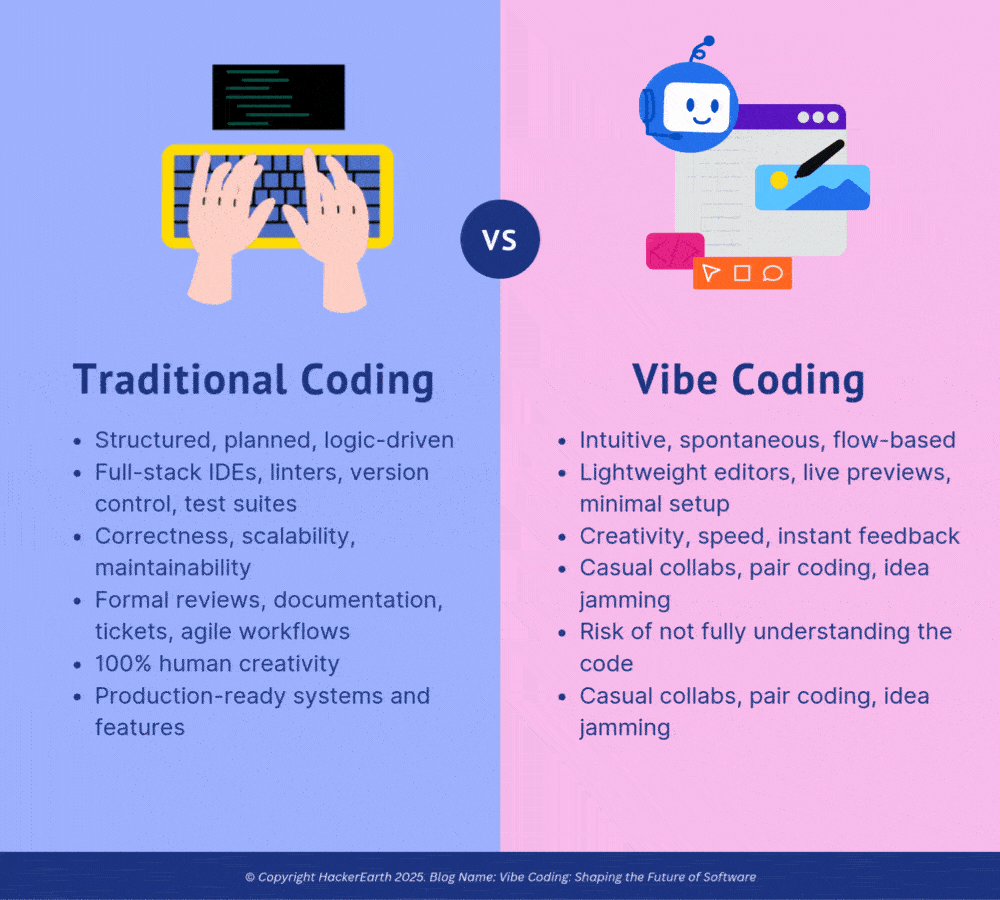"The Secret lives of Hackathon junkies"
The above link was intentionally put there. This article has been shared by many prominent hackathon goers. Being in the business of hackathons, I had to know what this was about.The article is the experience of a journalist who was a part of a week long hackathon. She brings out some unspoken truths about the hackathon culture. They are -
- Nothing useful is ever created at a hackathon - Given the lack of time, direction and objective Hackathon fuels creation of Vaporware. Vaporware are short-lived hacks or software. Vaporware tend to evaporate post the hackathon, as nobody works on it.
- Entrepreneur doesn’t mean rich - The author talks about ideapreneurs, who’re passionate about starting up and probably know the valuation of the latest funded companies. However, this doesn’t mean that they’re well to do. In fact, many startup aspirants are broke all the time, they spend too much time at Hackathons, trying to build a billion dollar company.
- Hackers still need to keep their day jobs - It’s almost a follow up to the previous point, which is that building a company from a hackathon is next to impossible. She says so, quite eloquently, -
“ The final secret of hacker culture is that Google is a black swan, a lightning strike, an outlier, a Goliath. Most hackers need to keep their day jobs.”
The first hackathons were just a bunch of programmers trying to solve a problem. They hacked to build products for fun. They hacked a new language because they could learn something new.
One of the core concepts of a hackathon is creation over ideas. A developer’s time at a hackathon should not be judged on the prize that they won or the investor they met. It should be based on what you did there, what you learnt and what you created. Why do hacks need to be judged on its monetisation model?
Any regular hackathon goer, even the one who says that nothing useful is ever created at a hackathon, will also tell you that the amount of learning that they go through, at every hackathon, is much more than what they could ever do by themselves over a weekend.
A startup isn’t something that should be created at a hackathon. Businesses need to address a core problem and be able to solve it at scale. This needs great research. The idea needs validation. Other aspects need to be thought out too - operations, marketing, sales, team, etc, etc. Why would you want to rush this process and try to get it done over a weekend? It is my strong opinion, that startups need to be thought out and validated and a hackathon environment isn’t the best place to do so.
Hackathons have and should always be about building products. Let developers build fun things, without having to worry about its viability as a business. Let hackers allow their imagination to go wild. There is even a remote possibility that this idea could become a billion dollar company, but that’s not why it should be done.
HackerEarth, the company I work for, is in the business of hackathons. HackerEarth conducts at least one large scale online hackathon (about 3000 - 5000 developers participate in each one) a month. We are one of the custodians of this form of event. On these credentials, here are a few general rules of thumb to follow-
- A hackathon should always be about building something - It isn’t a hackathon if the “hack” isn’t given the highest priority
- A hackathon should be for programmers and developers - If it is for anyone else, make a distinction - marketing hackathon, startup weekend etc.
- Sponsors and businesses must not obstruct a hackathons core values - Figure out ways like AWS where sponsor branding and product adoption benefits the developer.
- Have good mentors and judges - Remember, most people will remember your hackathon for how much they learnt during their time there.
- Judge based on what was built and not what a hack could be - Hackathons should always showcase the builders. This should follow through in the judging too.
And lets face it; a hackathon without developers, is just another b-plan competition.

































